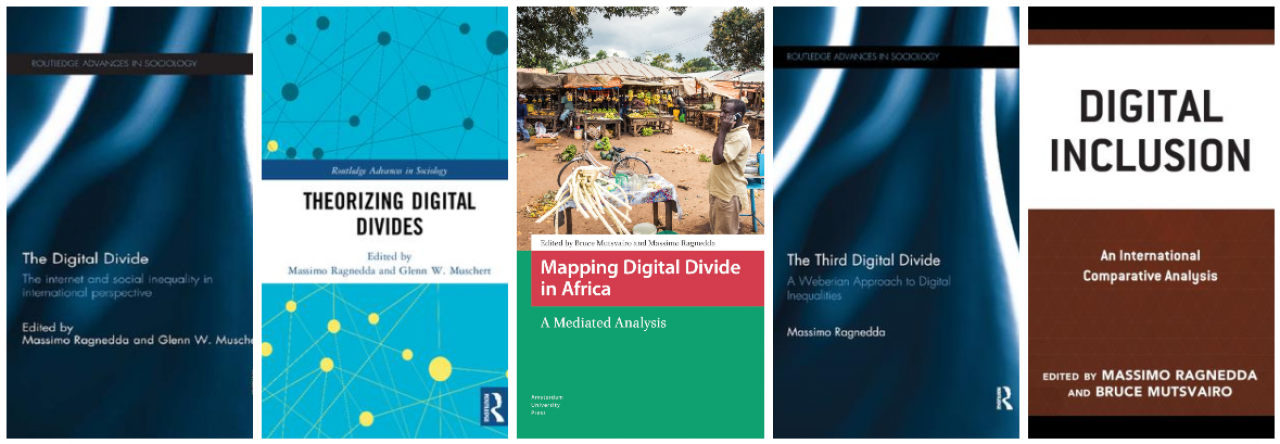Here are a few key takeaways from my presentation at the ICA Media Sociology Conference, held at Metropolitan University in Toronto on May 31, 2023:
The presentation focused on Digital Poverty in England, examining new vulnerabilities related to this issue. The research was based on an online survey of 2000 parents aged 20-55 with school-going children, utilizing the Determinants of Digital Poverty and Inequality Framework developed by the Digital Poverty Alliance.
Intersectionality and the Digital Divide: DP was explored not only as an issue of economic poverty but also as intersecting with various forms of inequality, including socio-economic, educational, racial, linguistic, gender, and health inequalities. The concept of DP was situated within the three levels of the digital divide: access, skills, and benefits.
The Impact of the COVID-19 Pandemic: The COVID-19 pandemic further exacerbated existing inequalities and emphasized the significance of digital access and skills, particularly in the context of remote education. The research aimed to identify new potential groups at risk of experiencing DP as a result of the pandemic.
Individual Agency and Structural Conditions: The presentation highlighted the role of individual agency in engaging with digital technologies and acknowledged the interplay between structural conditions and individual actions. The research question examined how the interaction between individual determinants (capability and motivation) and circumstantial determinants (conditions of action) influenced DP among English families in the post-pandemic era.
Geographical Variations: The study conducted factor analyses, multiple regression analysis, and post-tests to explore the relationship between individual and circumstantial determinants of DP. While living conditions did not significantly differentiate between individual determinants, differences emerged between families in London and those in other geographical areas of England.
Contributions and Policy Implications: The main contribution of the presentation was to deepen understanding of DP in the context of England and emphasize its multidimensional nature. By considering both structural constraints and individual agency, the study provided insights into the factors influencing DP and identified potentially vulnerable groups. These findings can inform policies and interventions aimed at addressing digital inequalities and reducing DP among English families.
Overall, the presentation shed light on the complex nature of DP, its intersectionality with other forms of inequality, and the significance of individual agency and structural conditions in understanding and addressing this issue.










